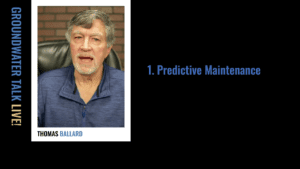In the original video, you are introduced to how the Entrepreneurial Operating System (EOS) can modernize small water infrastructure operations. This guide translates that conversation into a step-by-step implementation plan you can use right away. You’ll learn how to move from reactive firefighting to disciplined, data-driven management; clarify roles; choose the right metrics; and adapt EOS to the public-sector realities that shape water infrastructure decisions.
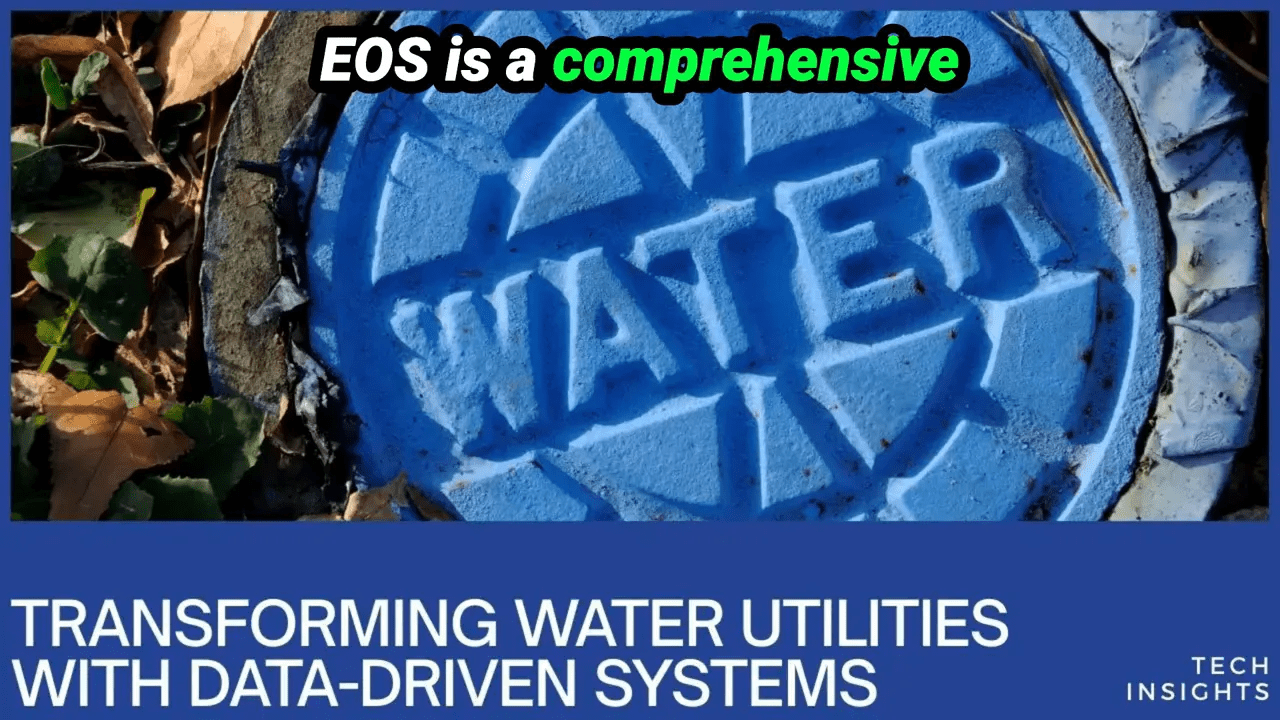
Step 1: Understand EOS and why it matters for your water infrastructure
You must begin with a clear grasp of the EOS framework before you apply it. EOS organizes management into six interconnected components: vision, people, data, issues, process, and traction. For water infrastructure, EOS is not a one-size-fits-all business recipe — it is a set of simple tools that you adapt for public service priorities like safety, regulatory compliance, and equity.
- Vision: Define where your utility is going over 3–5 years and how water infrastructure improvements fit into that picture.
- People: Ensure the right staff are in the right seats, especially those responsible for operations and data integrity.
- Data: Track a focused scorecard of the vital metrics that give you a weekly pulse on operational and regulatory performance.
- Issues: Create a disciplined approach to solve recurring problems revealed by your metrics.
- Process: Standardize maintenance, sampling, and reporting procedures so performance improvements scale.
- Traction: Use quarterly goals and regular team rituals to hold people accountable and keep momentum toward better water infrastructure outcomes.
Step 2: Assess your current state — diagnose water infrastructure challenges
Before you change anything, perform an honest assessment of how your water infrastructure is performing and where governance, staffing, or data gaps exist. Typical small water utility challenges include aging pipelines and wells, constrained budgets, regulatory pressures, an aging workforce, and inconsistent record-keeping. You should document where failures most often occur and which metrics are already available versus those you need to start collecting.
Make a prioritized list of vulnerabilities (safety, compliance, service interruptions, affordability) and tag each item with likely root causes. This will guide which EOS elements to deploy first.

Step 3: Build an accountability chart for your water infrastructure team
EOS emphasizes clarity of responsibility. Replace vague job descriptions with an accountability chart that maps roles to outcomes. For water infrastructure you should clearly specify who owns:
- Operational performance (pump efficiency, well levels, distribution pressures)
- Compliance reporting (sampling schedules, laboratory confirmations)
- Infrastructure asset management (planned maintenance, rehabilitation schedules)
- Customer service and affordability communications
- Data collection, validation, and scorecard maintenance
When you assign ownership, also define decision rights — what decisions can be made locally, which require board approval, and which need public notice. This reduces delay and improves your ability to act on data.
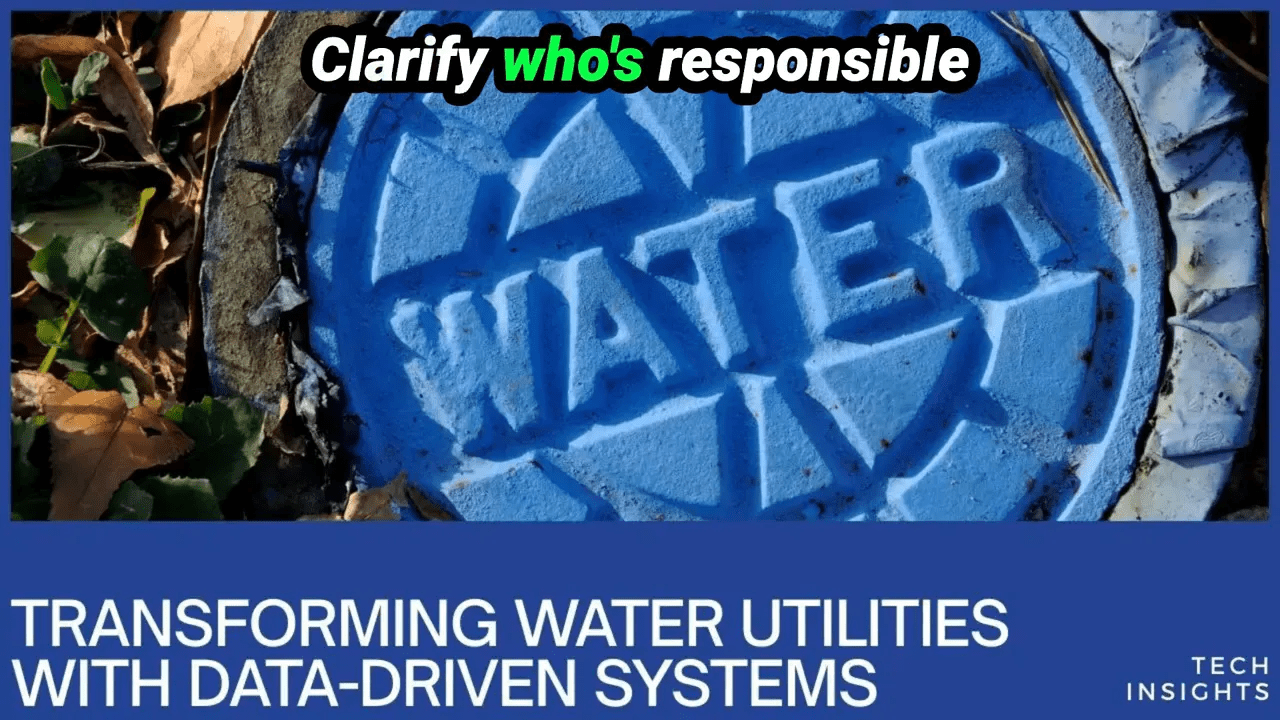
Step 4: Create a focused scorecard of 5–15 metrics for water infrastructure health
One of the most transformational EOS practices is the scorecard: a small, weekly set of measurable numbers that give you a true pulse on the organization. For water infrastructure, choose 5–15 key metrics that are actionable and tied to your vision and risks.
Suggested scorecard metrics:
- Number of coliform/contaminant detections per month
- Number of regulatory deviations and days to resolve
- Preventative maintenance completion rate (planned vs. completed)
- Emergency repair incidents per month
- Average response time to service interruptions
- Production efficiency (kWh per million gallons)
- Well water levels or reservoir storage as percent of target
- Training hours per operator and certification progress
- Operational O&M cost per connection
- Affordability index or customer bill impact metrics
- Percent of assets with current condition assessments
Be disciplined: you are not trying to collect everything. The goal is to surface trends and early warning signals that let you act early on water infrastructure risks rather than after a crisis.
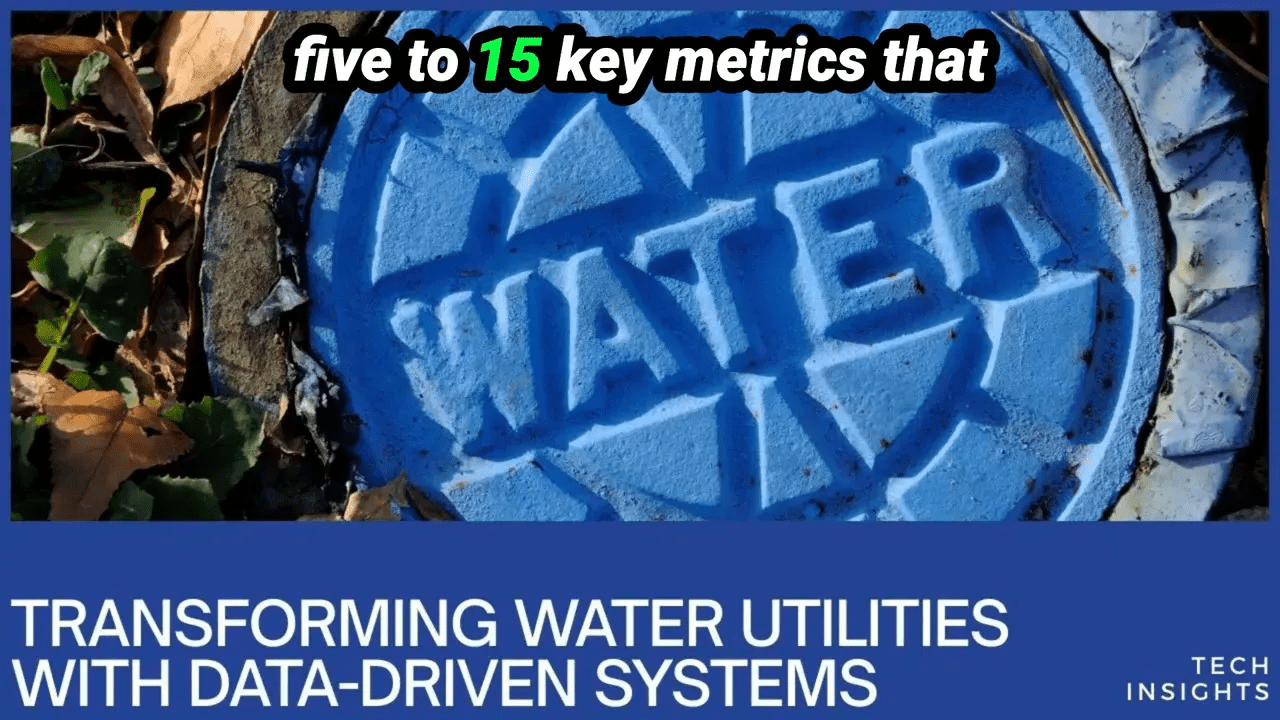
Step 5: Embed scorecard review into regular leadership meetings
Once you have your scorecard, make it the first agenda item in weekly or bi-weekly leadership meetings. Use a strict, short agenda to review the metrics, identify items that are off-track, and convert them into issues to resolve using EOS issue-solving tools.
Meeting ritual example:
- Quick review of 5–15 scorecard numbers (2–5 minutes)
- Identify red flags (3–10 minutes)
- Assign an issue owner and a time-bound action (5 minutes)
- Track progress and update in the next meeting
This cadence creates traction: you will see whether your water infrastructure maintenance completion rates or coliform detections improve over quarters rather than waiting for seasonal crises.

Step 6: Adapt metrics and reporting to public-sector realities
EOS originated in the private sector, but you must adapt it for public service. For water infrastructure, this means:
- Including public-service metrics such as affordability indexes, equity measures, and communication timeliness.
- Designing transparency into reporting so the public and regulators can access meaningful results without exposing raw operational noise.
- Aligning scorecard and capital planning with annual budget cycles and grant timelines.
- Ensuring compliance metrics support regulatory reporting needs (sampling frequency, corrective actions, documentation).
These adaptations keep EOS useful and politically viable for publicly governed utilities.
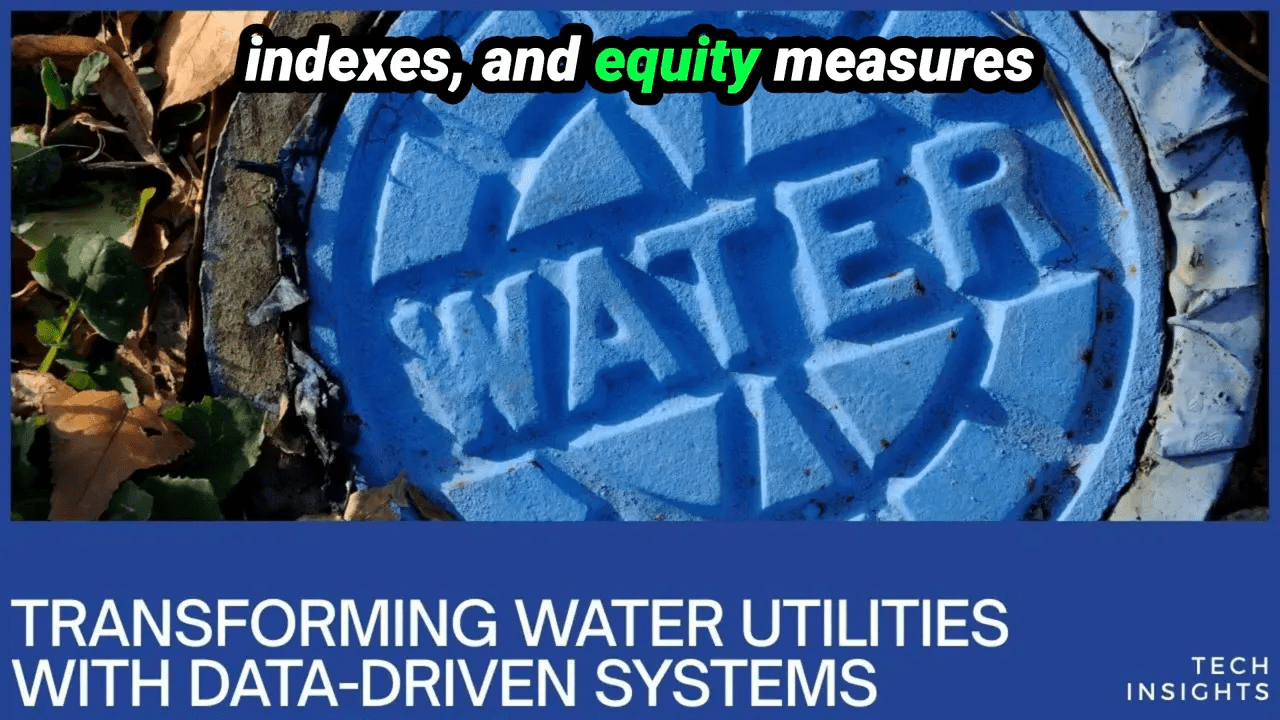
Step 7: Shift culture from reactive to proactive data-driven decision-making
Becoming data-driven is primarily a cultural transformation. Start by making leadership commitment explicit: when leaders consistently ask, “What does the data tell us?” they send a powerful signal. Follow these steps to embed the culture:
- Start small: pilot the scorecard in one department or for one risk area (for example, preventive maintenance).
- Train staff on how to collect, validate, and interpret the metrics you chose.
- Model behavior: leaders should make decisions publicly based on metrics and cite the scorecard when justifying actions.
- Celebrate early wins and communicate them to the whole utility and governing bodies to build trust.
Over time, you will cultivate a workforce that asks data-first questions and resolves issues before they escalate into outages or regulatory violations.

Step 8: Anticipate common pitfalls and apply practical mitigations
When implementing EOS for water infrastructure, you will face predictable obstacles. Plan for them:
- Cultural resistance: Mitigate by involving staff in metric selection and by running a visible pilot that demonstrates value.
- Fear of accountability: Address through supportive coaching, clear role definitions, and by framing metrics as improvement tools, not punishment.
- Data overwhelm: Avoid by limiting the scorecard to the vital few metrics and by automating simple reporting where possible.
- Resource constraints: Choose low-cost improvements first (process discipline, meeting cadence) and use wins to justify investments in sensors or software later.
- Complex stakeholder context: Engage your board and public early, show transparent progress, and align metrics with community priorities like affordability and reliability.
Step 9: Measure outcomes, iterate, and scale improvements in water infrastructure
EOS is iterative. Use quarterly priorities to focus your efforts and measure outcomes against them. Here are outcomes you should expect and how to measure them:
- Lower emergency repairs: Track emergency incidents per month — a successful pilot reduced emergency repairs by 40% within a year in a small utility example.
- Improved workforce capacity: Track training hours and technician certifications — increased internal capability reduces reliance on expensive contractors.
- Better regulatory performance: Track deviations and resolution time to see compliance risk drop.
- Cost savings: Monitor O&M cost per connection and energy efficiency metrics to quantify savings over time.
When you document these wins and link them to the EOS practices you deployed, you build a strong case for scaling EOS across your entire water infrastructure system.
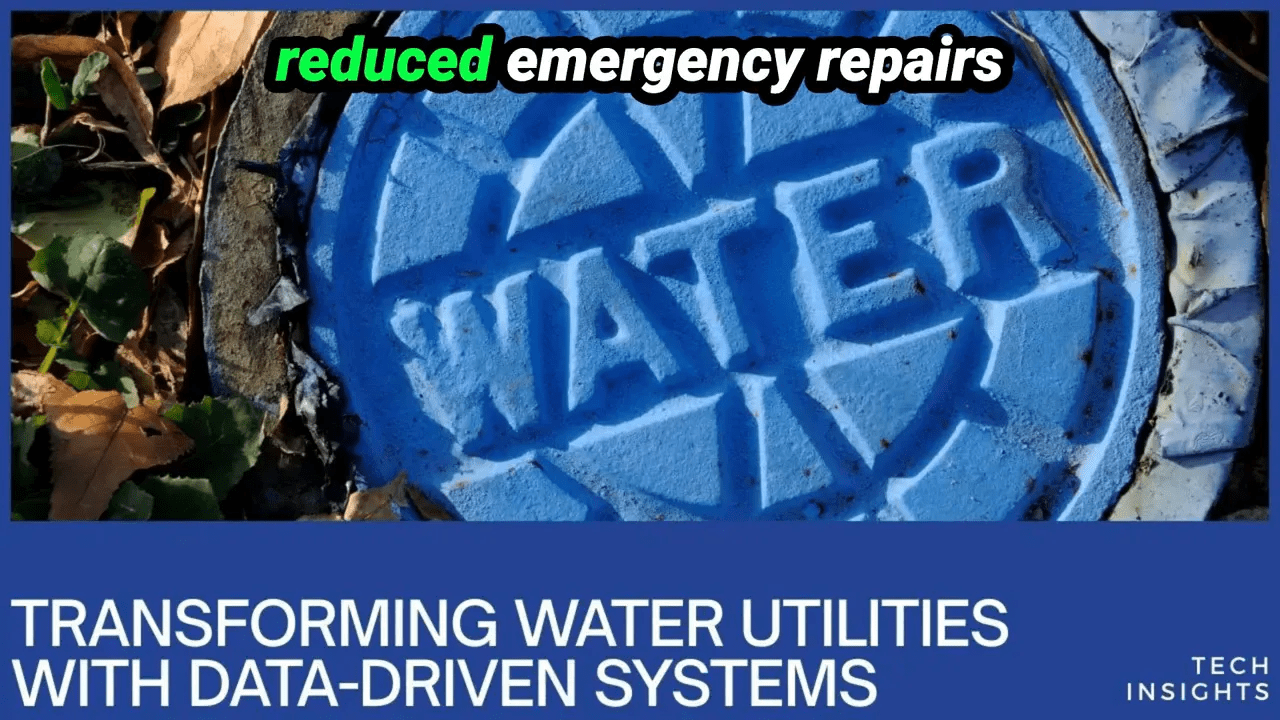
Step 10: Keep perspective — three final imperatives for success
As you adopt EOS to improve water infrastructure performance, remember three essentials:
- This is a journey, not a quick fix. Expect 18–24 months to embed practices and achieve measurable outcomes.
- Focus on people as much as systems. Metrics and tools are useless without staff buy-in and capability building.
- Maintain balance. Use data to inform action; do not chase perfect data at the expense of timely improvements.
“The goal is informed, evidence-based management that still respects the unique public service mission of water utilities.”
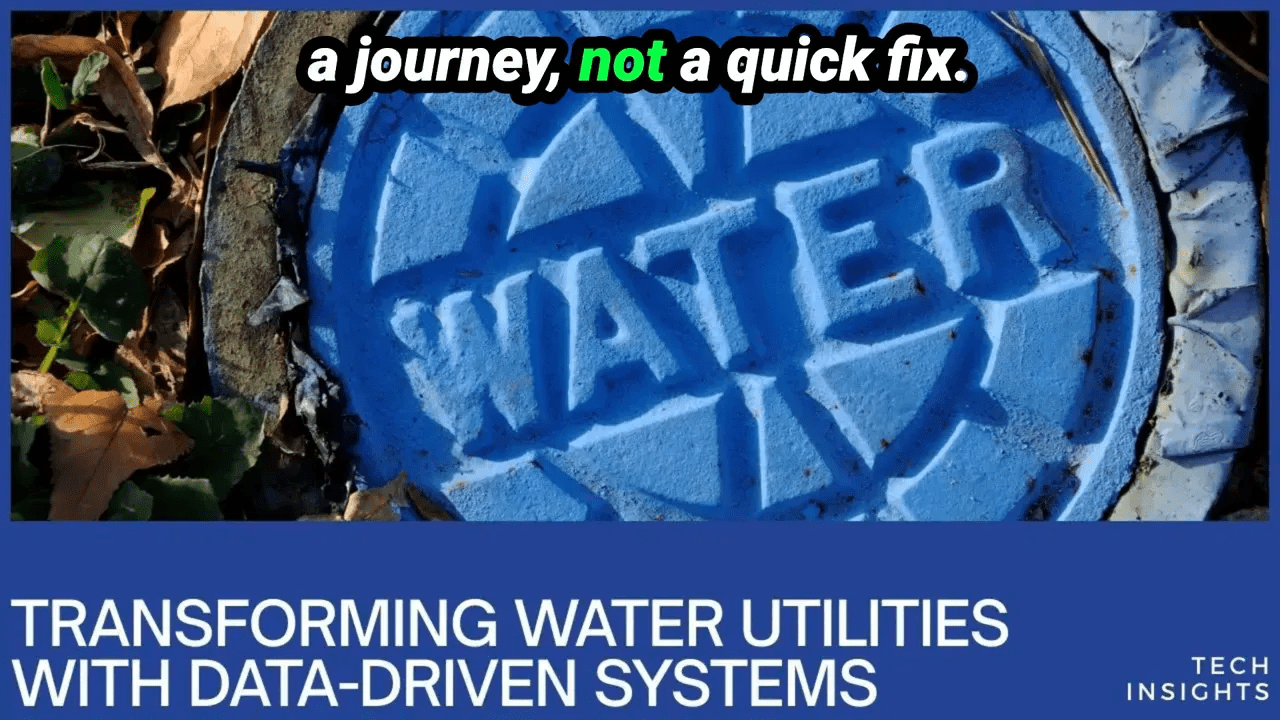
Final takeaway
If you implement EOS thoughtfully, you will transform how you manage water infrastructure: from reactive patchwork to proactive stewardship. By clarifying roles, selecting a focused scorecard, institutionalizing data review, and adapting EOS to public-sector realities, you will reduce risks, lower costs, and strengthen service reliability. Start small, measure early wins, and let disciplined routines scale those wins across your entire system. Clear data leads to sound decisions — and better water infrastructure for your community.
If you want to begin today, draft an accountability chart, pick 5–8 scorecard metrics, and schedule your first weekly leadership review. The most important step is the first one you will take.

